The GAP process includes VietGAP and GlobalGAP. If production complies with and achieves VietGAP certification on good agricultural practices for agricultural and aquatic products in Vietnam, GlobalGAP certification will bring the product to a higher level with a set of standards that reach global scale. Agricultural products that achieve these certifications will have many advantages in price as well as competitiveness on the journey to conquer the market.
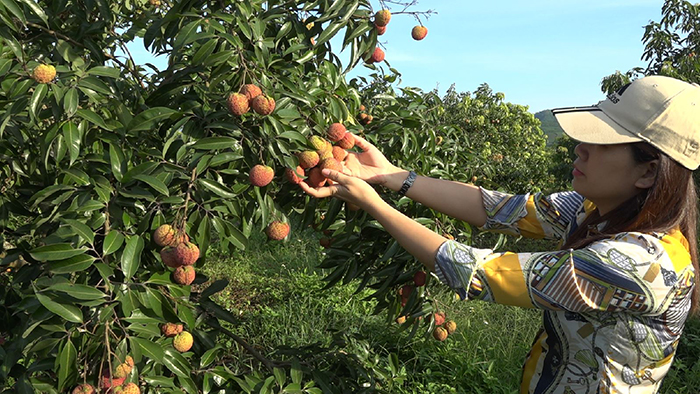
In mid-June, the first batch of seedless lychee from Thanh Hoa province successfully conquered the Japanese and British markets - one of the most demanding markets in the world, especially for agricultural and aquatic products. It is known that this seedless lychee variety was selected and grown by Ho Guom - Song Am High-Tech Agriculture Company Limited in collaboration with the Agricultural Genetics Institute, on a trial basis on an area of about 30 hectares in Nguyet An commune (Ngoc Lac). Produced in compliance with VietGAP and GlobalGAP processes, with compliance with regulations according to growing area codes from production to preliminary processing, classification, treatment, fumigation, packaging, closed storage... even for domestic consumption, this lychee variety has reached a wholesale price of 170,000 VND/kg in the markets of Hanoi, Ho Chi Minh City... And also in the first year of production, this product has confidently exported abroad, initially affirming its quality and international reputation.
In reality, the advantage of agricultural products produced according to VietGAP and GlobalGAP processes is that, in addition to enterprises, some cooperatives and households have also focused on applying science and technology, investing in building facilities for cultivation and farming according to VietGAP standards, thereby creating advantages in consumption channels as well as attracting many enterprises to cooperate in production, product consumption, and creating sustainable output.
Since the end of 2019, Ms. Le Thi Quyen, Director of Hoang Dao Clean Agriculture Cooperative (Hoang Hoa) has boldly established a cooperative and invested in producing Kim Hoang Hau yellow melons applying the VietGap production process on an area of 4,000 m2 of greenhouse. Strictly following the production process, producing quality products, the cooperative's Kim Hoang Hau yellow melons have been consumed in stores and supermarkets in and outside the province. Every year, the cooperative harvests about 25 tons of Kim Hoang Hau yellow melons, earning a profit of about 400 million VND. Ms. Le Thi Quyen said: "Producing according to the GAP process, after being standardized, has helped producers reduce many costs, and agricultural products are sold at higher prices on the market."
According to statistics from the agricultural sector, up to now, the whole province has 1,100 hectares of production of various types of crops, livestock, and aquaculture products according to VietGAP and GlobalGAP good agricultural practices; nearly 20 hectares of crops have been certified to meet organic agricultural standards; more than 760 hectares of crops are produced according to organic agricultural standards; a number of livestock, aquaculture, and forestry models in the direction of organic, biosafety have been initially formed, and a number of circular agricultural production models have been established.
According to the assessment of the agricultural sector, although initial results have been achieved, they are still not commensurate with the advantages and potential of the large agricultural and aquatic production areas in the province. Moreover, investment in production is still mainly spontaneous, small-scale, fragmented, and lacking in uniformity. The application of clean agricultural and organic agricultural production processes in many localities is not strict; the application of circular agricultural production processes is not complete, low efficiency; the linkage between producers - cooperatives - enterprises according to the value chain is still very limited; not many enterprises have been attracted to participate in order to improve the product. The distinction between clean agricultural products, organic agriculture and other common agricultural products on the market is facing many difficulties, making the psychology of producers not really stable.
According to Directive No. 10-CT/TU of the Provincial Party Standing Committee on leadership and direction to promote the development of clean agriculture, organic agriculture, and circular agriculture in the province, Thanh Hoa province aims to promote the development of agricultural production models according to good agricultural practices VietGAP, GlobalGAP... in concentrated agricultural production areas of the province, forming clean and safe agricultural production areas to strive for 70% of the province's intensive rice area with high productivity and quality by 2025; 50% of the area of concentrated safe vegetables; 25% of the area of concentrated fruit trees certified by VietGAP; 75% of large-scale pig and poultry farms applying VietGAP livestock practices; 50% of the area of shrimp farming and 100% of the area of concentrated clam farming produced according to VietGAP standards.
At the same time, our province will review and identify suitable production areas for organic agriculture development; prioritize the selection of production areas with products certified for good agricultural practices VietGAP, GlobalGAP to continue selecting key crops and livestock with advantages, meeting market demand for production according to organic agricultural standards... To successfully implement this goal, in addition to motivational mechanisms and policies, local authorities need to quickly change their awareness of agricultural production to proactively research and propose appropriate solutions to encourage production. Enterprises, cooperatives, and individual households themselves also need to change their thinking, update their knowledge, and agricultural production levels according to new standards to adapt to consumer needs and this inevitable direction.
Article and photos: Tung Lam
Source


![[Photo] Visiting Cu Chi Tunnels - a heroic underground feat](https://vstatic.vietnam.vn/vietnam/resource/IMAGE/2025/4/8/06cb489403514b878768dd7262daba0b)





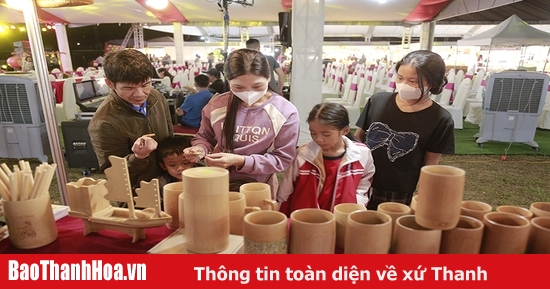

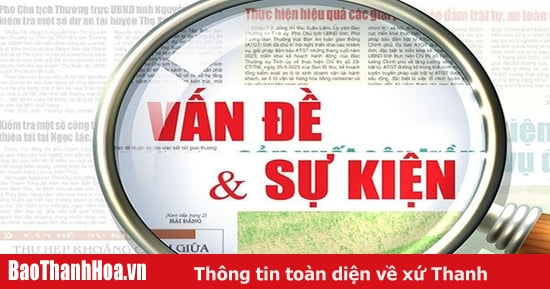
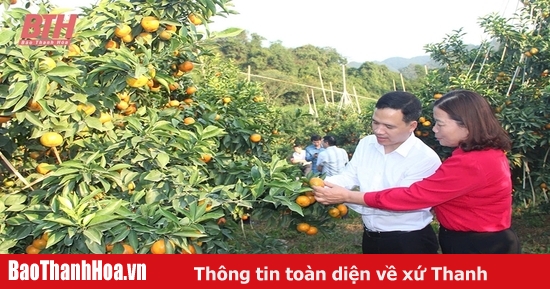
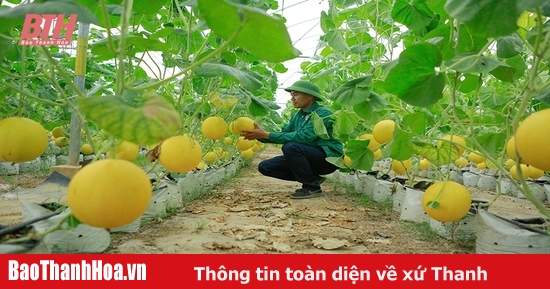
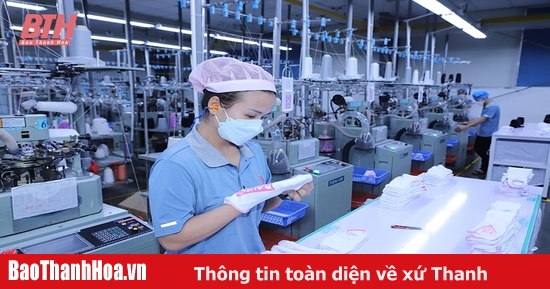
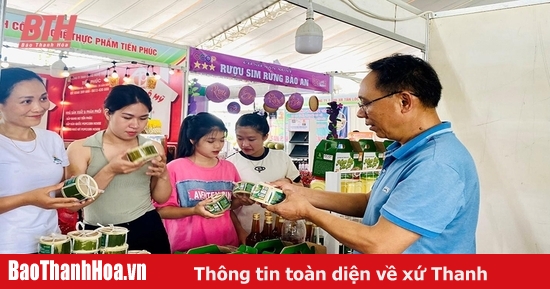
![[6pm News] Thanh Hoa ranked 2nd in the FTA Index 2024](https://vstatic.vietnam.vn/vietnam/resource/IMAGE/2025/4/9/9aebd7d2174e42df99cd92b689b72748)

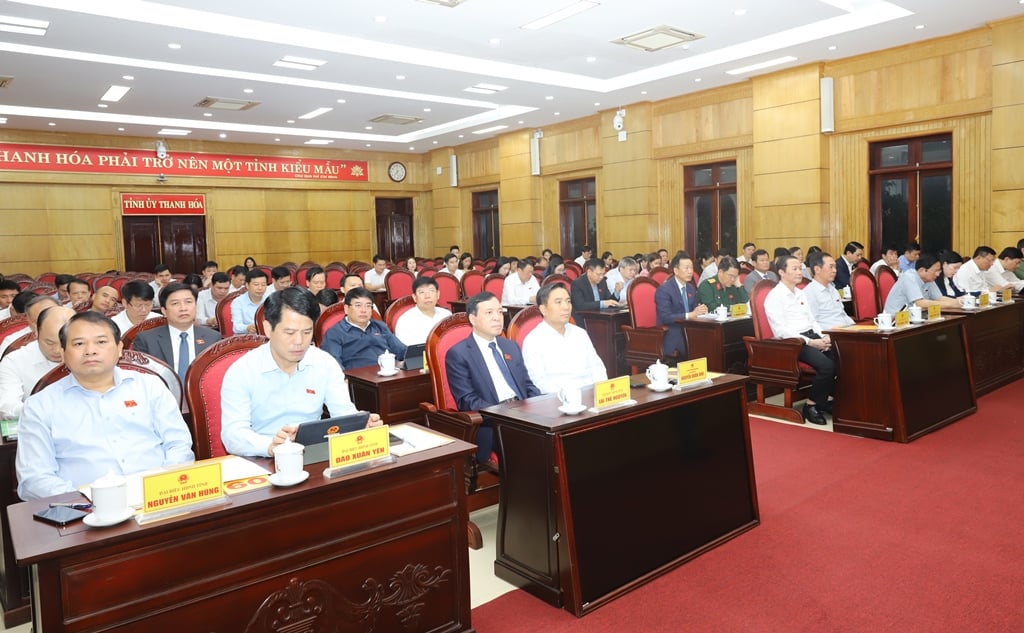

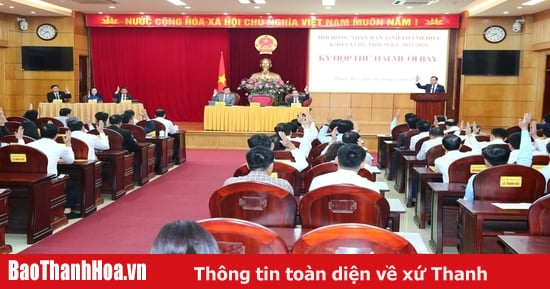
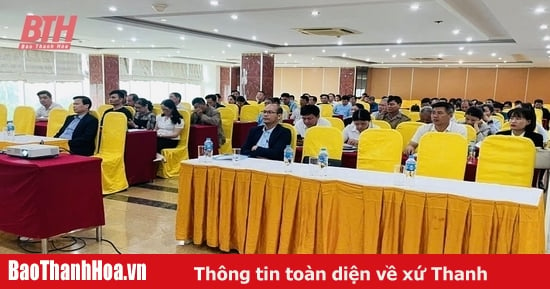





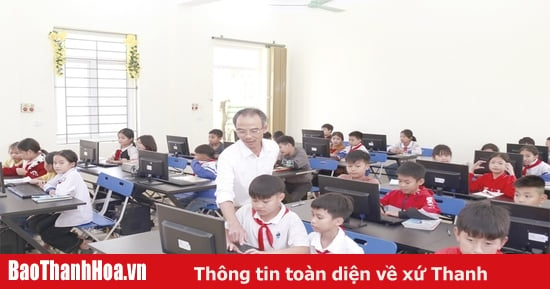
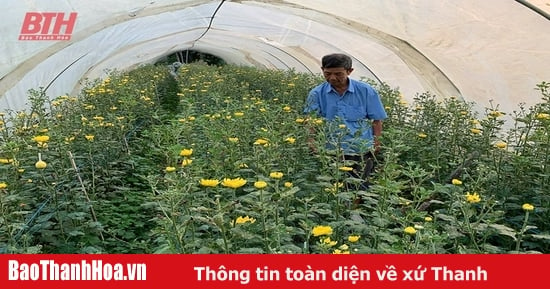
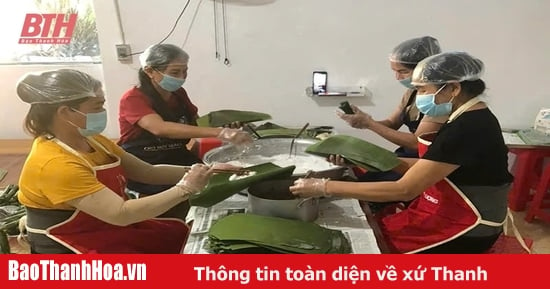
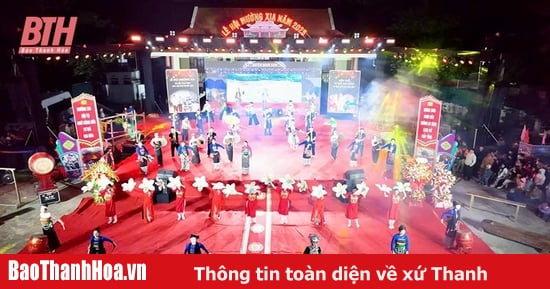














































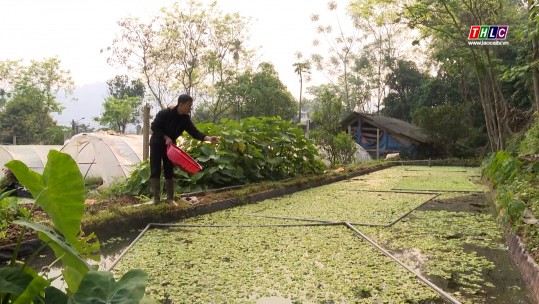

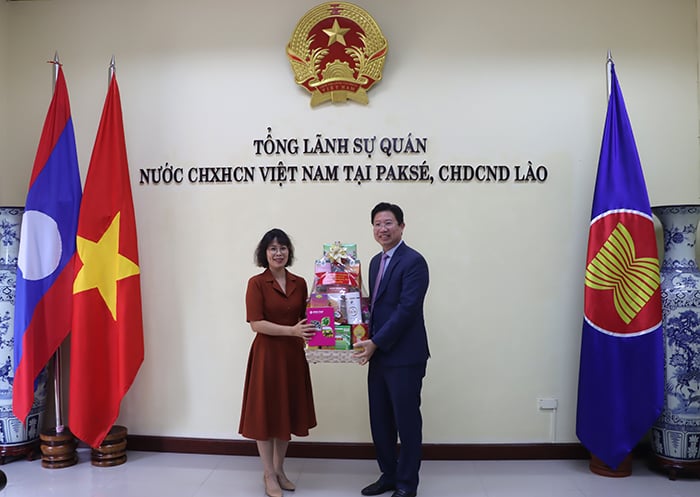

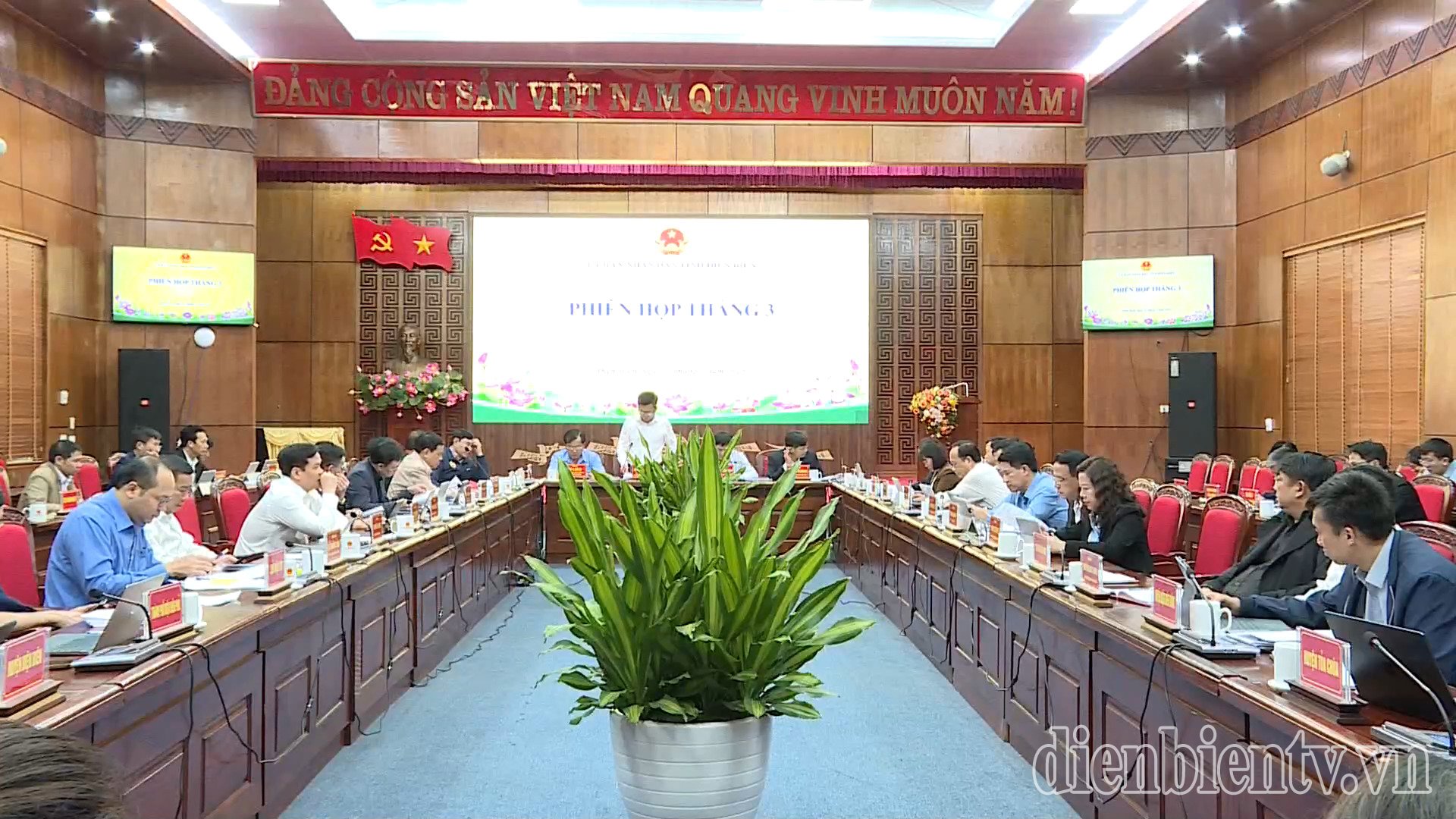
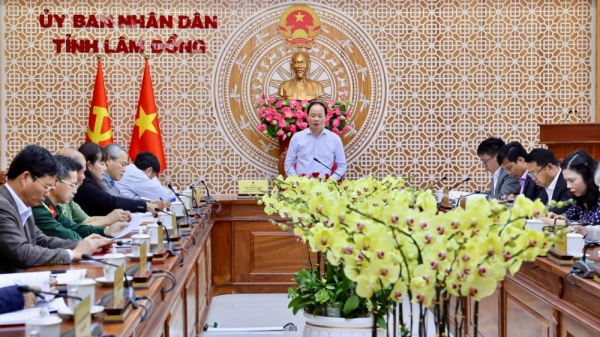










Comment (0)